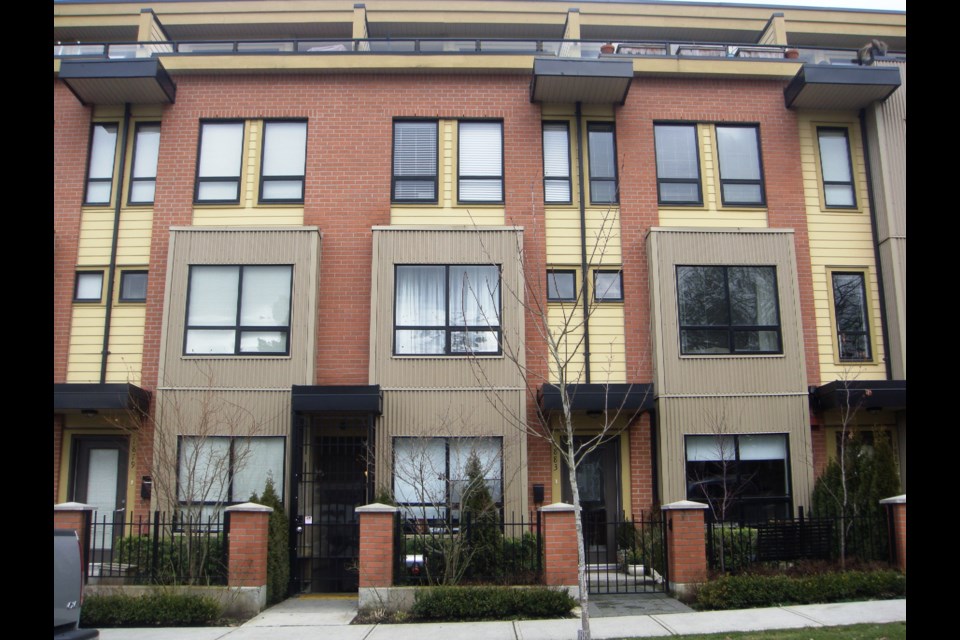Last week the Architectural Institute of British Columbia held its annual conference. The theme was Shifting Perspectives but you did not have to be an architect to be interested in many of the sessions being offered.
One addressed post-disaster building safety evaluations. While we may not like to think about an earthquake hitting our city, seismologists believe it is not a question of if, but when.
Many Vancouver buildings will be affected, including older rental apartments, few of which are being upgraded since landlords are reluctant to evict tenants.
Another session explored building design and energy performance. It is a pity some COPE and Green Party politicians who have been telling voters that highrises are the least energy efficient building form had not been in attendance.
They would have learned that new highrises are more energy efficient than most single-family dwellings. That is because apartment suites only have one or two surfaces exposed to the outside, whereas a single family dwelling has six.
Another session examined the future of market and non-market housing on city-owned land along the south shore of False Creek.
Developed in the 1970s, these projects have less than 25 years remaining on their land leases. As a result, it is difficult for condominium owners to sell and non-profits to operate.
The situation is becoming critical for those non-profits who have been providing housing for both low and moderate income households at rates significantly below market, since they have not put money away for repairs.
One of the panelists, the principal of a major Vancouver architectural firm, has been living in his subsidized cooperative for more than 30 years.
His current monthly payment is about half of what the market rent would be.
In addition, three and four bedroom family homes in his development are occupied by one or two person senior households who refuse to move out.
Many in the audience were struck by the sense of entitlement expressed by the panelists.
Given the urgent need for three and four bedroom family units, it would seem appropriate for singles and couples to relocate to smaller homes, or possibly share homes.
Given the need to fund repairs, higher income residents should be making larger monthly payments.
As for the future, there is an opportunity to significantly increase density through infill housing and redevelopment. This was the topic of another popular conference session.
Titled “DenCity,” it explored different perspectives on density as viewed through the eyes of urban planners, developers, community activists, architects and ordinary citizens.
The objective was to offer a better understanding of how density is defined and how it influences and shapes urban environments.
As one of the panelists, I noted that in some jurisdictions, density is measured in terms of people per acre. In others, the measure is housing units per acre. In Vancouver, we tend to measure density in terms of Floor Space Index (FSR) or Floor Area Index (FAR) which is the ratio of building area to land area.
However, these measures can be misleading since it is often not clear whether the FSR is calculated over the entire land area including roads and parks (gross density) or just on the development site area (net density).
The session revealed that the public often confuses density and building height. In fact, it is possible to achieve much higher densities in four storey buildings than in the 12 storey buildings found in Kerrisdale.
A fellow panelist, Green Party city council candidate Pete Fry, spoke eloquently about how citizens are often given little opportunity to provide their input into community plans, both in terms of density and height.
He urged the architects in the room to join the citizen activists as architect activists, and help communities to understand density and how best to plan their neighbourhoods.
I agree.
Architects and planners need to become more actively involved in neighbourhood planning, even if it means having to criticize the city administration. While this could affect their ability to obtain approvals for future projects, their contribution could be invaluable.
michaelarthurgeller@gmail.com
twitter.com/michaelgeller



